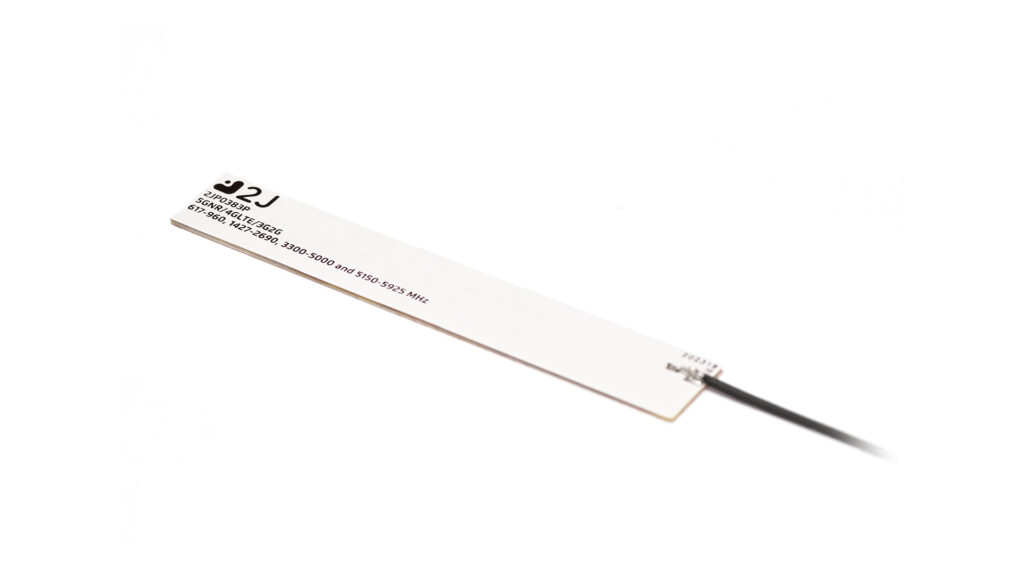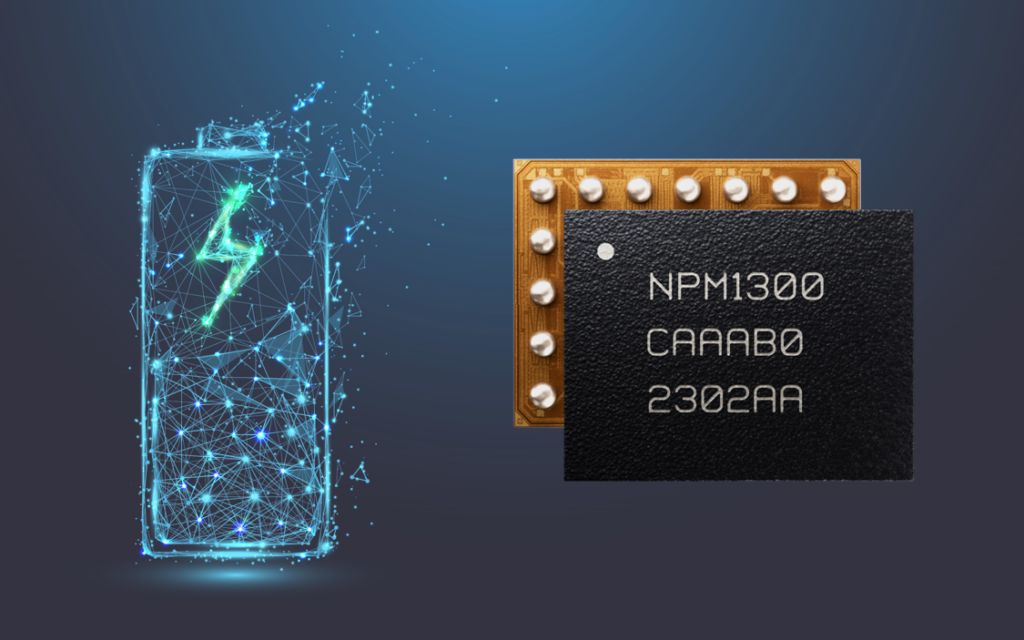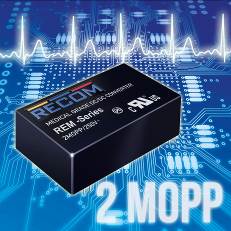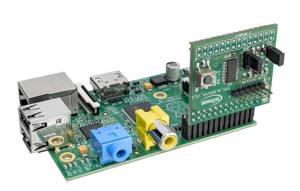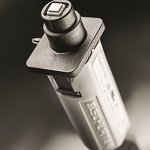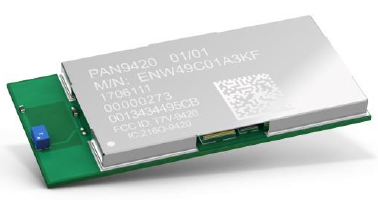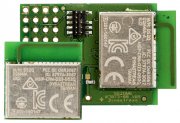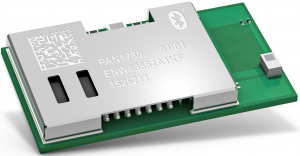Health Improvements by the Numbers
In 2006, Nike, the U.S.-based sportswear company, launched its first mass-market speed & distance sensor, which when attached to a shoe, recorded how far and fast the user ran. It was one of the earliest devices that helped trigger the “self-tracking” movement. Measurement and recording of biometric data using wearable electronics – in this case heart rate, speed, distance, and temperature from Hotheads’ headband paired with an app on a smartphone – is no longer a niche activity The next year, Wired journalists Gary Wolf and Kevin Kelly launched the Quantified Self website, which encouraged bloggers to upload stories about how they use “self-tracking” tools to collect data––such as temperature, heart rate, calories consumed, and weight––and how they then extracted meaning from those data to improve their well-being.
Back then, self-tracking was an activity for tech-savvy early adopters using niche technology. But now, a number of powerful technologies have converged to enable anybody to measure and analyse data to improve their health. Tiny, power efficient chips that can run from small batteries such as coin cells allow manufacturers to offer wireless sensors which, thanks to smartphone-compatible wireless technology, pair seamlessly with the handsets in the majority of the population’s pockets or the tablet computers in their bags. And a range of inexpensive apps collects, analyses, and presents the data in a user-friendly-format indicating, far example, how far the user needs to walk to burn off last night’s burger. The data can then be uploaded to any number of social networks to inform the user’s friends of their progress and promote ‘healthy’ competition.
Such connectivity offers powerful motivation to get fit –and stay that way –in a world that seems to be going the other way.
No longer for geeks
Until recently, pairing a wireless sensor with a smartphone was something only contemplated by geeks. But that changed with the adoption of Bluetooth v4.0 and ANT+ by the major smartphone and tablet manufacturers. Now portable consumer electronics incorporates ICs that connect with the ultra low power (ULP) Bluetooth low energy and ANT chips embedded in wearable wireless sensors without the consumer having to do much more than download the relevant app. Bluetooth v4.0 (which includes Bluetooth low energy marketed as “Bluetooth Smart” to consumers) received a boost when Google announced it would be supported by Android. “The addition of Android will act as a huge stimulus for the uptake of Bluetooth Smart technology, especially in mobile handset accessories,” said Phillip Maddocks, analyst for low-bandwidth and smart networks at analyst IHS, in a statement. “A Windows Phone update is also expected by the end of the year, which will further boost Bluetooth Smart prospects.”
And ANT+ has been incorporated into Samsung’s latest smartphone, the Galaxy Note 3 following the technology’s adoption in Sony’s Xperia range. Analysts predict an explosion in wearable electronics. Markets&Markets, for example, estimates the “global wearable technology ecosystem’s” value will reach $14 billion by 2018, growing at a compound annual growth rate (CAGR) of more than 18 percent from 2013 to 2018. The current level of penetration of the forecast “total available market” for wearable technology is estimated to be 18 percent accelerating over the next five years to reach 46 percent by 2018.
Much of this growth will be driven by ULP wireless technology. According to IMS Research, Bluetooth low energy chips will be present in 35 percent of all wireless sports and fitness monitoring devices shipped this year, up from 20 percent last year. The company predicts the technology’s penetration will grow in the years to come – rising to 45 percent of all wireless sports and fitness devices in 2014, 53 percent in 2015, and more than 70 percent in 2018.
Nordic Semiconductor is seeing some success in this sector with its Systems-on-Chip (SoC) like the nRF51 Series Bluetooth low energy and ANT devices. These are available in both conventional 6 by 6-mm QFN package versions and even tinier wafer level chip scale packages (taking up just 13.3mm2) for severely space-constrained products like smart watches. Manufacturers such as Hotheads and LUMO are among many that have designed wearable electronics using Nordic wireless connectivity.
Rutronik, as Nordic´s preferred Distributor, is able to offer the complete portfolio of Nordic Semiconductor and Nordic´s 3rd party module makers Dynastream, Fujitsu and RFdigital. Further Rutronik can offer a bundle with the right crystals, transceiver specific balun filter and high efficiency antenna solutions, as well as peripherals like sensors and displays etc.


